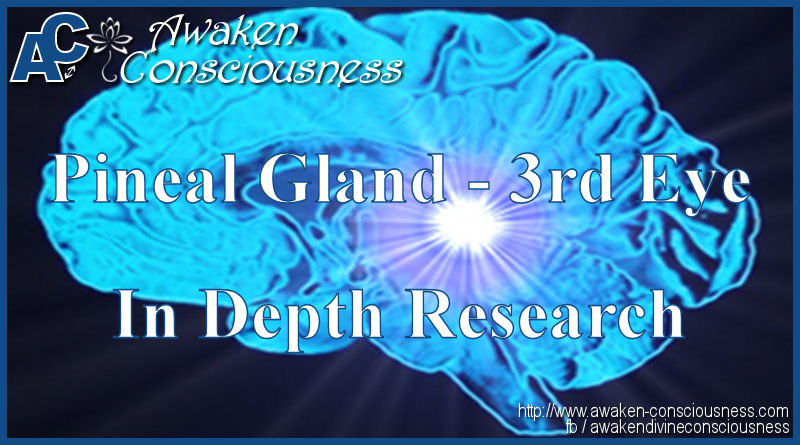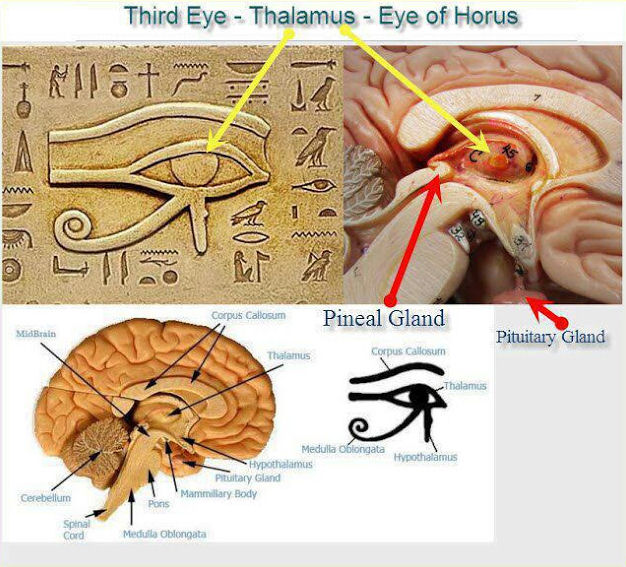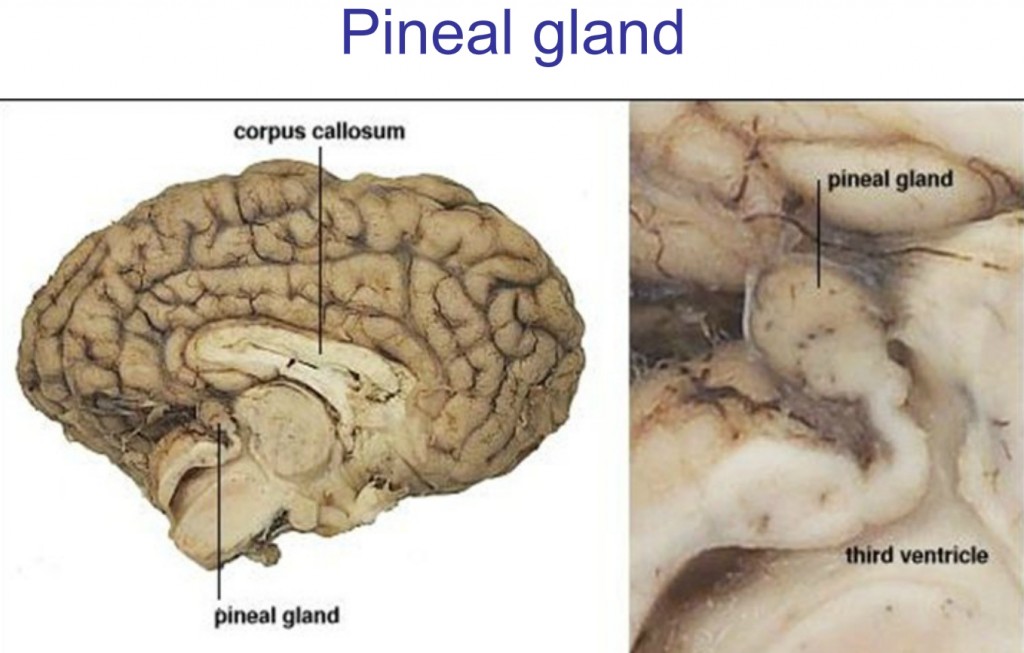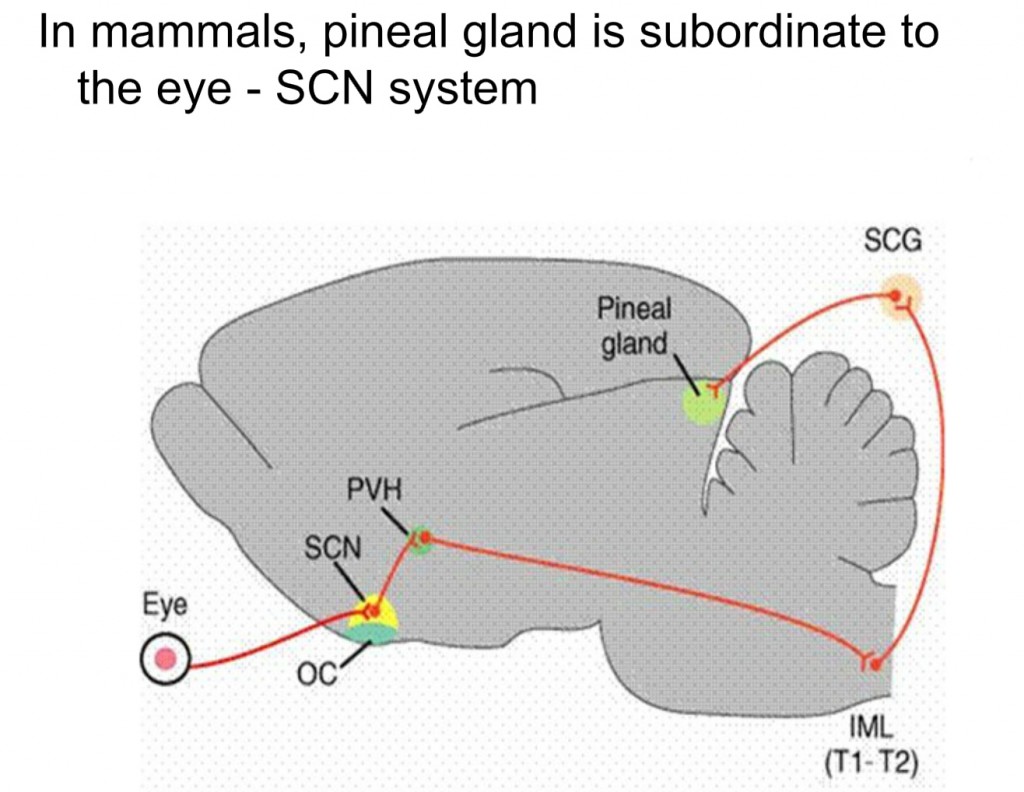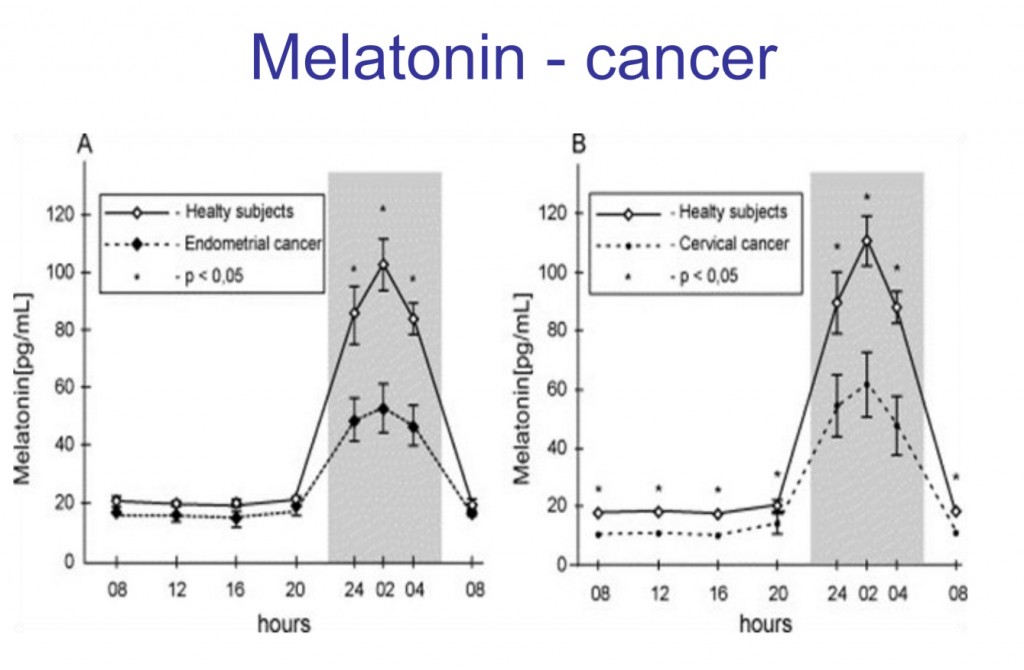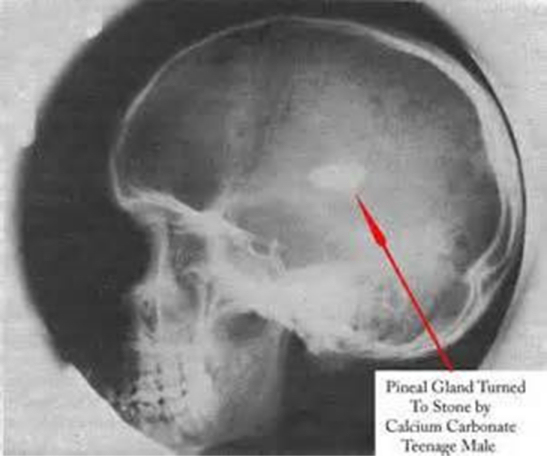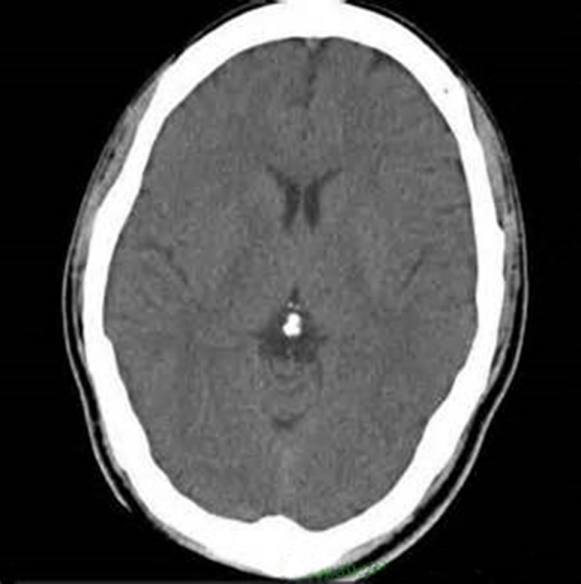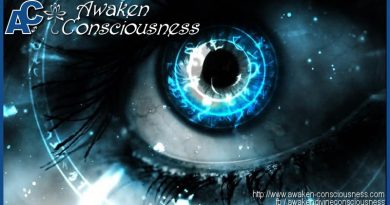Pineal Gland and Third Eye – In Depth Research
Pineal Gland and Third Eye – In Depth Research
In this Pineal Gland and Third Eye – In Depth Research we hope to provide some deeper insights in what the pineal gland actually is and what it’s function is.
The Pineal Gland (also known as the inner eye) was described for the first time in the 3rd century and was later called the “3rd Eye”. In The 17th century French philosopher René Descartes called it “The seat of the human soul”. It is said to be an eye for 3 reasons.
- It resembles an eye physiologically with retina with photo receptive cones and rods.
- It is said to be the third eye through which one can perceive the metaphysical, dreams, altered states of consciousness, etc…
- In ancient Egyptian times, the pineal gland was depicted as a part of the Eye of Horus
There is much talk about the Pineal Gland but what do we actually know about it? We were surprised that we could not give an answer to that question ourselves, so we did an in depth study on the Pineal Gland.
The Pineal Gland is a photoneuroendocrine transducer also called Epiphysis. It is shaped like a pine cone (hence the name) and it varies in size among species. It’s blood flow is second only to the kidney. It is composed out of pinealocytes and glial cells.
The Pineal Gland is involved in several functions of the body including: The secretion of Melatonin and other hormones, regulation of endocrine functions, conversion of nervous system signals to endocrine signals, causes a feeling of sleepiness, influences sexual development.
The pineal Gland is larger in children but shrinks in puberty.
MELATONIN
Milatonin is the major hormone produced by the pineal gland and the synthesis and secretion is dramatically affected by light exposure to the eyes. (Think of the effects of Sun Gazing)
The secretion of melatonin is clearly higher at a younger age and decreases as we get older. It also affects the quality of dreams. High levels of melatonin lead to vivid dreams and high quality sleep, while lower levels lead to trouble sleeping, insomnia, poor quality dreams, and often even mood disorders due to the chemical imbalance.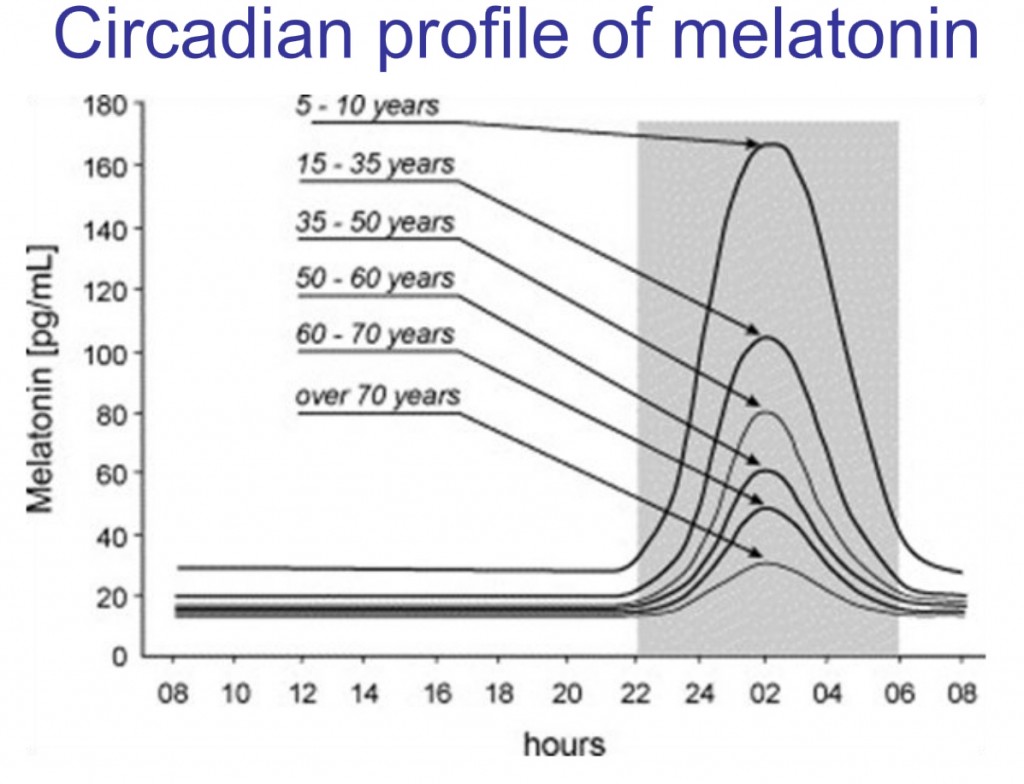
There are certain foods that increase the production of melatonin, therefore making lucidity more attainable. Did you know that eating a teaspoon of mustard before bed actually does increase your chances of getting lucid? Making these foods a part of your everyday diet will help increase your chances of having a lucid dream. Below is a list of lucid foods and how much melatonin is in them (measured in nano grams). Foods that Contain Melatonin:
White mustard (378 ng/tsp)
Black mustard (258 ng/tsp)
Almonds (39 ng/g)
Sunflower seeds (29 ng/g)
Cherries (15 ng/g)
Flax seeds (12 ng/g)
Oats (1.8 ng/g)
Rice, red radishes, poppy seeds, tomatoes, bananas (0.5 to 1 ng/g)
Other lucid-friendly foods include milk, yogurt, eggs, fish (especially cod and tuna), broccoli, sweet potatoes, mushrooms and lentils. These foods not only contain vitamin B5 (a coenzyme acid that is essential for the synthesis of melatonin), they also contain tryptophan. Tryptophan is converted into serotonin, which is later converted into melatonin. Using these methods does not guarantee instant lucid dreams every night, but you will definitely have a greater chance at becoming lucid and probably have lucid dreams more frequently than you did before. Plus, not only will these tips give you a larger chance of becoming lucid, they will also make you healthier and happier in your day-to-day life.
Why Melatonin suppression is a bad idea
In humans as with all mammals, your biological clock resides in the suprachiasmatic nucleus of your brain (SCN), which is part of your hypothalamus. Based on signals of light and darkness, your SCN tells your pineal gland when it’s time to secrete melatonin.
Light comes in through your eyes and travels up your optic nerves to the SCN, which is exquisitely sensitive to cycles of light and darkness.
When you turn on a light at night, you immediately send your brain misinformation about the light-dark cycle. The only thing your brain interprets light to be is day. Believing daytime has arrived, your biological clock instructs your pineal gland to immediately cease its production of melatonin.
Whether you have the light on for an hour or for just a second, the effect is the same — and your melatonin pump doesn’t turn back on when you flip the light back off.
Since humans evolved in the glow of firelight, the yellow, orange and red wavelengths don’t suppress melatonin production the way white and blue wavelengths do. In fact, the range of light that inhibits melatonin is fairly narrow — 460 to 480 nm. If you want to protect your melatonin, when the sun goes down you would shift to a low wattage bulb with yellow, orange, or red light. It is suggested to use a salt lamp illuminated by a 5-watt bulb in this color range.
Melatonin as a cancer tumor growth inhibitor
Milatonin also protects against oxidative stress by scavenging free radicals, stimulating the synthesis of antioxidative enzymes and antioxidative molecules and by inhibiting activity of free radical generating enzymes.
Studies have shown that Melatonin protects nuclear DNA from oxidative damage and that it inhibits tumor growth.
Calcification
Calcification of the pineal gland is typical in young adults, and has been observed in children as young as two years of age. The calcified gland is often seen in skull X-Rays. Calcification rates vary widely by country and correlate with an increase in age, with calcification occurring in an estimated 40% of Americans by their 17th year. Calcification of the pineal gland is largely associated with corpora arenacea also known as “brain sand”.
Support us with a cup of coffee?
If you like what Awaken Consciousness is offering you, would you please support us by buying us a cup of coffee? Any support and donation is very welcome and will allow us to keep going just a little longer and keep this website add free. Just slide the slider left <- or right -> to change the amount of coffee you'd like to share with us 😉 Thank you !
It seems that the internal secretions of the pineal gland inhibit the development of the reproductive glands, because, in cases where it is severely damaged in children, the result is accelerated development of the sexual organs and the skeleton.
Some studies show that the degree of pineal gland calcification is significantly higher in patients with Alzheimer’s disease vs. other types of dementia. Pineal gland calcification may also contribute to the pathogenesis of Alzheimer’s disease and may reflect an absence of crystallization inhibitors.
Calcium, phosphorus,and fluoride deposits in the pineal gland have been correlated with aging, showing that, as the brain ages, more deposits collect.
Many people today suffer, often unknowingly, from a “calcified” pineal gland that’s basically closed up shop due to persistent exposure to fluoride, food additives, refined sugar, radiation and a host of other prolific poisons. The following substances are listed as factors in pineal gland calcification:
• Halides like bromide, fluoride and chlorine
• Synthetic calcium from processed foods and cheap calcium supplements
• Tap water, which besides fluoride contains toxic substances like pharmaceutical residues
• Mercury, which is still added to multi-dose influenza vaccines
• Pesticides like Roundup (glyphosate) which is now present in food, water and the environment
• Artificial sweeteners like aspartame (Equal), sucralose (Splenda) and saccharin (Sweet’N Low)
• Air fresheners like Glade plug-ins, which are loaded with synthetic fragrances
• Alcohol
Pineal Gland and Third Eye – In Depth Research
Decalcify your Pineal Gland
To decalcify our pineal gland one could apply some or all of the below tips:
1. Eliminate or reduce meat intake. Meats, especially heavier ones like beef and pork, are very acidic. An acidic ph balance is not conducive for a healthy, decalcified pineal gland.
2. Drink alkaline or distilled water. Alkaline water is electrifying and distilled water removes heavy toxins and metals out of the human body.
3. Avoid fluoride. Fluoride is toxic to the human system. Use non-fluoride toothpaste. Most tap water in the US is fluoridated so drink alkaline or distilled water.
4. Practice Sungazing. Taking in the Sun’s energy when it is orange or setting/rising is tremendously beneficial for the pineal gland and decalcification. You can do this daily for 3-5 minutes, it doesn’t take long. Your pineal is a crystal and reacts remarkably to our Sun.
5. Eat more greens & vegetables. The more alkaline foods you get into your system the more you are feeding the pineal gland and other crucial parts of your being. Foods that have been charged with sunlight are electrifying and pineal decalcifying!
6. Avoid mercury. Mercury is extremely toxic. Most vaccines and tooth fillings are mercury-based. However, nowadays, most dentist are using non-mercury based fillings. If you have mercury fillings in your teeth, a holistic dentist can remove them.
7. Maintain positive thoughts and actions. This may seem a little elementary or not “deep enough” but, there is great power in your state of mind. Thoughts can also be toxic.
8. Take Blue Green Algae and other chlorophyll rich “superfoods”. This is similar to eating more veggies but adding a more powerful punch. Other superfoods include chlorella, spirulina, sea moss, and wheatgrass.
9. Use herbs. Herbs like mugwort, wood betony, alfalfa, parsley, and gotu kola have wonderful healing properties. You can make a tea or grind it and sprinkle on a salad, or it can be smoked as part of a ritual.
10. Don’t use fluorescent bulbs. The standard, cheap light bulbs are very inconsistent with the natural light spectrum. Your pineal gland is light-sensitive. It’s also important to sleep in complete darkness, if possible.
11. Place a crystal on your brow chakra daily. Meditating with a crystal is energetically beneficial for pineal decalcification. Some of the favorites are amethyst, clear quartz, sodalite, and lapis lazuli.
Pineal Gland and Third Eye – In Depth Research
The Pineal Gland and DMT
Consider the following transcription from a radio rant given circa 2005/2006 by the actor-comedian Joe Rogan, host of the TV show Fear Factor:
“It’s called dimethyltryptamine. It’s produced by your pineal gland. It’s actually a gland […] that’s in the center of your brain. It’s the craziest drug ever. It’s the most potent psychedelic known to man. Literally. But the craziest thing [about it is that] it’s natural, and your brain produces it every night as you sleep. You know, when you sleep, during the time you’re in heavy R.E.M. sleep, and right before human death, your brain pumps out heavy doses of dimethyltryptamine. Nobody knows what sleep is all about. Nobody knows why dreaming is important. But dreaming is hugely important. If you don’t dream, you’ll go fucking crazy and you’ll die. While you’re dreaming, while you’re in heavy R.E.M. sleep, you are going through a psychedelic trip. And very few people know about this. But it’s been documented.
There’s a great book on it called DMT: The Spirit Molecule by a doctor named Dr. Rick Strassman. And he did all of these clinical studies at the University of New Mexico on it. And you take this shit, and literally you are transported into another fucking dimension. I don’t mean like, you feel like you’re in another dimension. I mean you’re in another dimension. […] There’s fucking complex geometric patterns moving in synchronous order through the air all around you in three-dimensional space; and it’s like they’re arteries, except there’s not blood pumping through them, there’s fucking light–pulsating lights with no boundaries. And you couldn’t really understand it. And there’s an alien communicating with me. There’s a dude who looks like, like sorta like a Thai Buddha, except he’s made entirely of energy and there’s no, there’s no, like, outline to him–he’s just one thing. And he’s concentrating on me, and he’s trying to tell me not to give in to astonishment. Just relax, and try to experience this. And I’m like, ‘You gotta be fucking shittin’ me.’ And I’m a stand up comedian, you know. ‘Cos as a stand up comedian, we pride ourselves in being able to describe things. So I’m like, ‘How the FUCK am I gonna talk about this?!”
Rogan does an excellent job of expressing a number of bullet points from Strassman’s book in a humorous manner. But the problem is that none of these points are known to be true. And although Strassman clearly states that his ideas about DMT and the pineal gland “are not proven”, many people have accepted them as fact. As of June 2010, there is currently no scientific evidence that the pineal gland produces DMT, much less any evidence for the more far-out speculations that Strassman makes about DMT being a chemical modulator of the human soul. When Strassman examined the pineal glands from “about ten” human corpse brains, there was nary a trace of DMT to be found in them. This doesn’t invalidate his theory, since DMT is metabolized quickly, and none of the corpse brains were fresh-frozen. Further tests on fresh-frozen brains could be done. Someday there may be evidence that DMT is produced in the pineal gland, but that day has not yet arrived.
By the end of his book, Strassman proposes that DMT may provide access to parallel universes (and alien beings) via superconductive quantum computing of the human brain at room temperature, or via interactions with dark matter. Strassman states: “Because I know so little about theoretical physics, there are fewer constraints reining me in regarding such speculations.” And for those who know virtually nothing about any given topic, there appear to be no constraints on speculation. It is for exactly this reason that Strassman’s theories have both been accepted as fact by many people, and then expanded into creative new directions. A few offshoot theories include the idea that ancient prophets produced more DMT, that electro-magnetic fields increase DMT production, that spending a couple of weeks in total darkness increases DMT production, and that fluoridated water suppresses DMT production. An Internet search will turn up a bounty of wacky spin-offs, all of which cite Strassman’s speculations as the facts backing up their further claims.
These children show their innate ability to see with extra sensory perception. Their 3rd eye is able to see clearly what they are being offered to examine.
Pineal Gland and Third Eye – In Depth Research
The benefits of Sun Gazing on the Pineal Gland
Being an avid sungazer myself, I can speak out of experience that sun gazing is a healthy and positive thing for the body to do. I am sun gazing for 22 minutes now and try to do so whenever the opportunity arises. I feel it increases my energy levels, it increases my awareness and clear thinking.
Sun gazing helps decalcify the pineal gland and increases its size over time.
By now it has become like a meditation in which I talk to my body cells and instruct them to heal myself. Sound crazy, right? Not so much!
I have had amazing results in applying this practice and I have healed myself physically by harnessing the power of the healing sun rays and directing them to the points in my body that I want to heal.
Sun gazing should be done with care though! Please do your research if you want to start doing it. It is important that you let your eyes get used to the sunlight and gradually increase the time you sun gaze.
A good start is to read this article before you start sun gazing.
Giri Dayakar Jagamohan
If you like what Awaken Consciousness is offering you, would you please support us by buying us a cup of coffee? Any support and donation is very welcome and will allow us to keep going just a little longer and keep this website add free. Just slide the slider left <- or right -> to change the amount of coffee you'd like to share with us 😉 Thank you !Support us with a cup of coffee?

